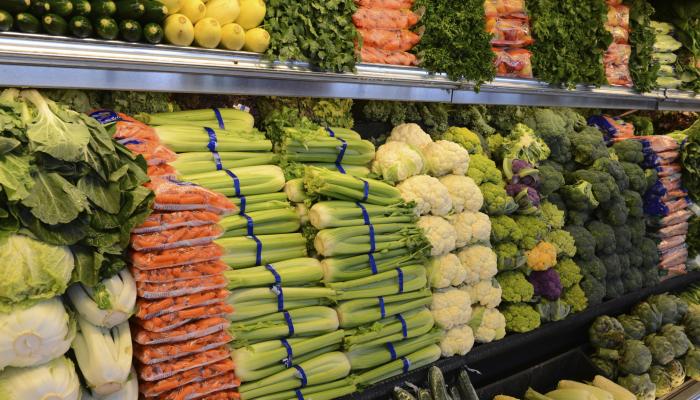
In the realm of economics, the classification of goods plays a pivotal role in understanding consumer behavior and market dynamics. Two fundamental categories, non-durable and durable goods, hold significant importance. This article aims to delve into the intricacies of these goods, shedding light on their characteristics, implications, and their relevance in the contemporary market landscape.
- Defining Non-durable and Durable Goods:
Non-durable Goods:
Non-durable goods, also known as consumables, are products with a short lifespan, typically consumed or depleted within a short period. These encompass items such as food, beverages, toiletries, and other perishable goods. Due to their limited durability, non-durable goods are frequently replenished, leading to recurring purchases.
Durable Goods:
In contrast, durable goods are designed to withstand extended use and have a longer lifespan. These encompass items such as appliances, furniture, vehicles, and electronics. Durable goods are typically considered long-term investments, as they are expected to provide utility over an extended period.
- Key Characteristics and Consumer Behavior:
Non-durable Goods:
Non-durable goods are often characterized by their frequent purchase patterns, as they are consumed or depleted relatively quickly. Consumer behavior regarding non-durable goods is influenced by factors such as price, quality, brand loyalty, and convenience. Additionally, perishability and seasonality play a crucial role in shaping consumer preferences and demand for these goods.
Durable Goods:
The purchase of durable goods involves more extensive decision-making processes due to their higher cost and longer-term implications. Consumers consider factors such as durability, functionality, brand reputation, warranties, and after-sales services. Additionally, technological advancements and evolving consumer preferences contribute to the dynamic nature of the durable goods market.
- Market Implications and Economic Significance:
Non-durable Goods:
The non-durable goods market is characterized by high turnover rates and intense competition. Price fluctuations, supply chain disruptions, and changing consumer preferences can significantly impact this market segment. Understanding the demand patterns and consumer behavior associated with non-durable goods is crucial for businesses to optimize production, distribution, and marketing strategies.
Durable Goods:
The durable goods market is influenced by factors such as economic conditions, interest rates, and consumer confidence. As durable goods often involve substantial investments, their sales are closely tied to economic cycles. Additionally, technological advancements and product innovation drive market growth and consumer demand for upgraded versions of durable goods.
- The Evolving Landscape:
The advent of e-commerce and digital platforms has revolutionized the way non-durable and durable goods are marketed and consumed. Online platforms provide convenience, wider product choices, and personalized recommendations, influencing consumer behavior and reshaping market dynamics. Furthermore, sustainability concerns and the rise of the sharing economy have prompted shifts in consumer preferences towards more eco-friendly and shared durable goods.
Conclusion:
Understanding the distinction between non-durable and durable goods is essential for businesses, economists, and consumers alike. The unique characteristics, consumer behavior, and market implications associated with these goods shape the dynamics of various industries. By staying abreast of evolving trends and leveraging consumer insights, businesses can navigate the complex landscape of non-durable and durable goods, ensuring sustainable growth and success in the ever-changing market.


